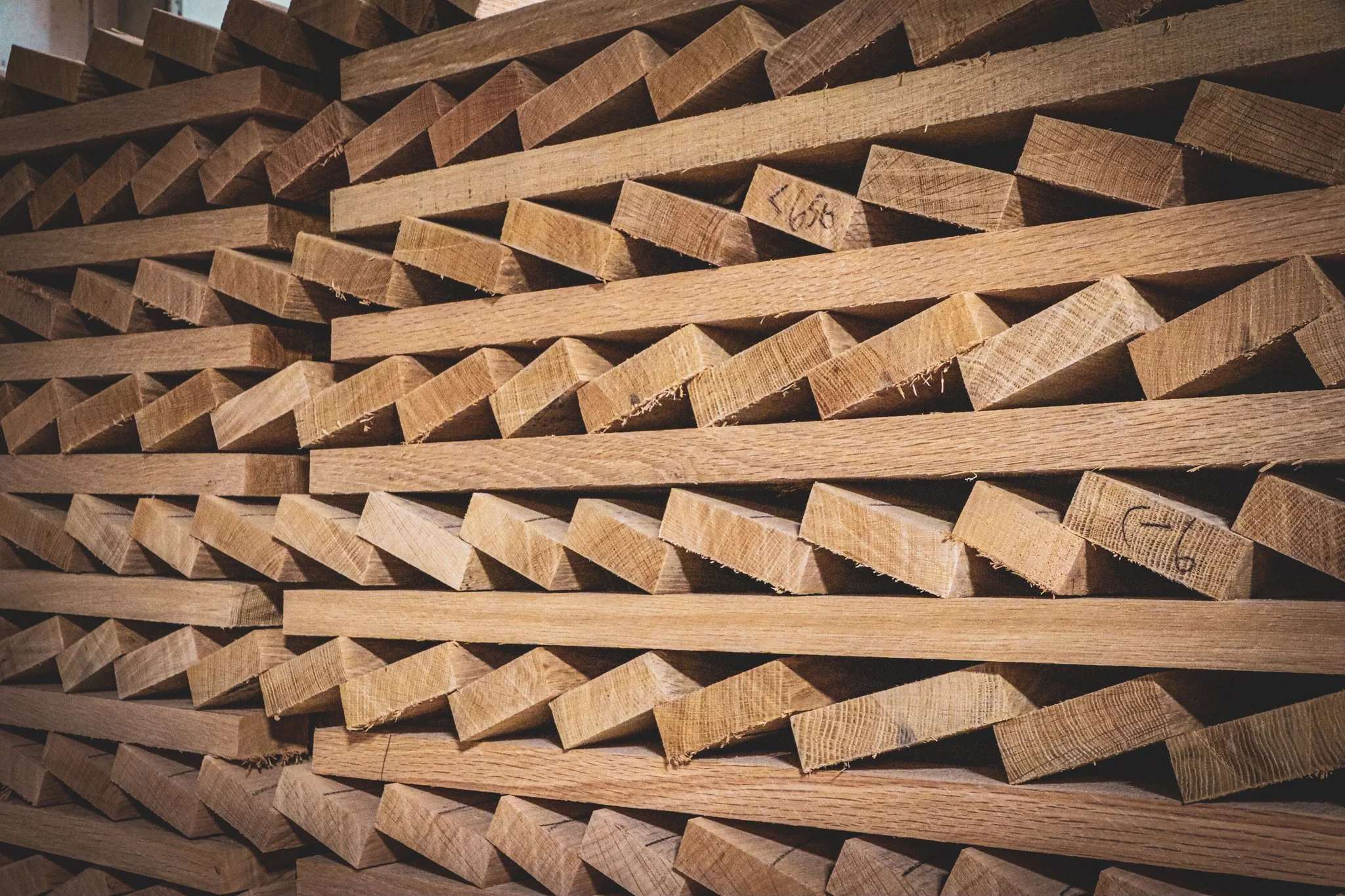How Oak Shaped the Classics of Wine: Part 3: Spain & Beyond – New Oak, New World, New Expression
While France set the standard, other wine regions took oak aging and made it their own. Nowhere is this more deliciously evident than in Spain’s Rioja and the New World.
Rioja: Learning from Bordeaux, Loving American Oak
In the 19th century, winemakers in Rioja looked to Bordeaux for inspiration, and found it. But instead of importing expensive French oak barrels, they turned to American oak, which was more readily available and affordable. The results were distinctive: red wines with vanilla, coconut, dill, and sweet spice aromas.
These weren't subtle notes. American oak has higher levels of lactones, which deliver bolder flavors. And Rioja leaned into that boldness, crafting a style that stood apart from its French mentors.
To this day, Reserva and Gran Reserva Rioja reds showcase this signature oak character, often aged for years in barrel before release.
New World, New Style
In the 19th century, winemakers in Rioja looked to Bordeaux for inspiration, and found it. But instead of importing expensive French oak barrels, they turned to American oak, which was more readily available and affordable. The results were distinctive: red wines with vanilla, coconut, dill, and sweet spice aromas.
These weren't subtle notes. American oak has higher levels of lactones, which deliver bolder flavors. And Rioja leaned into that boldness, crafting a style that stood apart from its French mentors.
To this day, Reserva and Gran Reserva Rioja reds showcase this signature oak character, often aged for years in barrel before release.
New World, New Style
In places like Napa, Sonoma, Chile, Australia, and South Africa, winemakers also looked to Bordeaux and Burgundy for guidance. But thanks to warmer climates and riper fruit, their wines naturally offered more power, making them ideal for new oak.
Napa’s Cabernet Sauvignon, for example, marries beautifully with toasted French oak, yielding plush textures and layered complexity.
California Chardonnay, like its Burgundian ancestor, thrives in barrel fermentation, with creamy textures and rich vanilla-laced aromas.
Australian Shiraz often takes on smoky, spicy depth from American oak.
What started as imitation evolved into innovation. Today’s winemakers can dial in their oak use, from subtle seasoning to bold statement, depending on grape, site, and intent.
Final Sip
Oak-aged wines are more than just a stylistic choice, they are a thread that runs through the history of wine itself. From ancient cellars to modern tasting rooms, they offer a bridge between past and present, craft and chemistry, grape and glass.
Whether you prefer the bold coconut notes of Rioja, the vanilla-brioche elegance of white Burgundy, or the deep complexity of Napa Cabernet, know this: your wine owes a lot to the humble oak barrel.
Cheers to the classics.



